3/10/2023 | Volume 26 issue 1
This newsletter and the advice herein are free. You usually get what you pay for.
SW MN insect forecast for 2023
It has been a snowy winter in Minnesota, and this snow has provided an insulating blanket for insects, crop pests, and otherwise. Barring an imminent ice age, it should be late enough in the year to make predictions on 2023 pest problems. Remember, many of our insect crop pests cannot tolerate our cold winters and migrate into Minnesota from the south each year.
My predictions on crop pests are mostly for the southwest quarter of the state but may apply to crops elsewhere. Over the next week or so, I’ll make pest predictions for several crops. I might as well start with soybeans. When 2023 pest problems develop, I’ll try to provide ideas on the reason for the infestations, thresholds, and other management tips.
While you’re waiting for a crop pest outbreak to happen, and who isn’t, here are some points to ponder and consider.
2023 IPM Stuff Soybean Pest Forecast
Soybean Aphid
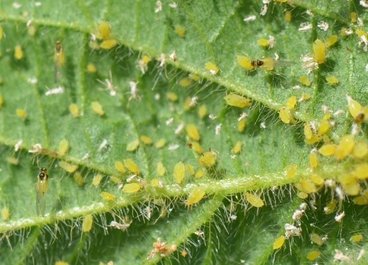
- Soybean aphid eggs on buckthorn should have wintered well with relatively warm temperatures and some of the eggs below snow cover. Aphids could still be vulnerable to a severe spring freeze after eggs hatch on buckthorn, or delayed soybean planting and colonization.
- Growing season weather and mid-season aphid migration have the greatest influence on soybean aphid populations.
- Early season aphids can be concentrated in early planted fields near buckthorn. Lower soil moisture, low potassium, or high nitrogen increase the soybean plant sap’s suitability for aphids.
- Moderate temperatures and dry weather favor aphid populations as they increase. Populations can increase rapidly, particularly on early reproductive stage soybeans. As vegetative growth ceases, aphids often leave soybeans in large numbers and migrate over large distances.
- Scouting should increasingly focus on less mature soybean fields in late August.
- Resistance to pyrethroid resistance is still present but despite that, and the loss of chlorpyrifos, aphids can easily be controlled with available insecticides.
- Scout and use economic thresholds. You do not need to control pest insects or spider mites if they are below economic levels. It is usually safest to leave them, and any beneficial insects, alone.
- Do not ignore this pest despite relatively low populations in recent years. By July we will start to know whether hotspots are developing and statewide risk.
Bean leaf beetle
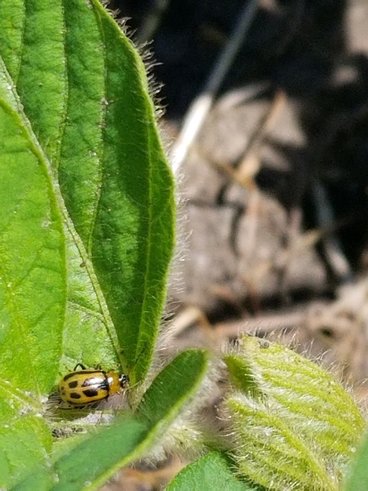
- Bean leaf beetles can be killed during cold winters, but they should have overwintered well beneath the snow this winter.
- Expect populations to remain as high or higher in 2023. West Central Minnesota has seen the highest bean leaf beetle populations in recent years.
- Watch the earliest planted soybean seedlings for overwintering bean leaf beetle populations. In most cases, early season defoliation is not yield-threatening. Fields with early-season bean leaf beetle infestations need to be watched for potential pod feeding in late July and August.
- If needed, there are several labeled foliar insecticide options available to protect against early-season defoliation and late-season pod feeding. In seed production fields, seed-applied insecticides should minimize the early-season threat from this insect.
- When soybean planting is delayed, bean leaf beetles can sometimes be found in alfalfa before soybeans emerge.
- We should have a hint of risk from this insect as soybeans begin to emerge this spring.
Two-spotted spider mites
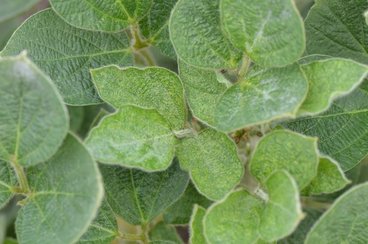
- After an entomopathogenic (insect killing) fungus outbreak in late 2021, a dry 2022 could have been a building year for spider mite populations. We started seeing low-level infestations in SW MN during mid and late August.
- Hot weather and moisture stress on reproductive stage soybeans will favor spider mite infestations.
- Although entomopathogens confounded the research data, dimethoate, Agri-Mek, and bifenthrin appeared to still control mites at Lamberton during 2021.
Soybean gall midge
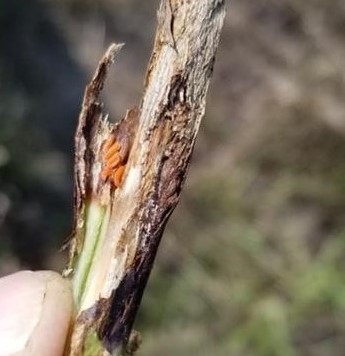
- Most MN infestations have continued to be non-economic. MN soybean gall midge populations declined in 2022 and infestations were not found in any new counties.
- One possible reason for the lower 2022 populations may have been dry conditions. This insect is still new to science so there may be other, not yet understood, reasons.
- Recent UMN research indicates that overwintering soybean gall midge larvae are cold tolerant.
- Early planting tends to favor this insect.
- Insecticide performance has been very inconsistent on this insect.
- Soybean gall midge infestations were observed on two new host species (dry edible bean and lima bean) in a UMN experiment, and in commercial navy bean fields in 2022. Watch for wilting soybean and dry beans on field edges adjacent to 2022 soybean fields.
- You can find information on current soybean gall midge distribution, the timing of adult activity, webinars, and scouting/management at https://soybeangallmidge.org/.
Grasshoppers
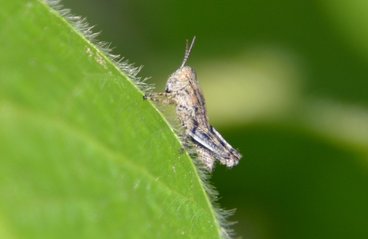
- The extended warm, dry 2022 fall in SW Minnesota was ideal for egg laying. Grasshoppers in other areas likely took advantage of the long fall as well. High fall egg-laying grasshopper populations pose a potential risk for 2023 crops.
- Depending on the species, nymphs begin to hatch in late May and early June. A grasshopper hatch is often triggered by a warm rain. Two-striped grasshopper nymphs hatch first, red-legged (currently the most abundant in SW MN) and differential grasshoppers hatch later. The nymphs need to feed soon and starve or succumb to disease during prolonged cold, wet weather.
- Dry weather favors grasshopper populations by reducing entomopathogen levels and may increase movement due to reduced vegetation.
- Focus scouting where grasshoppers were abundant late last summer. Grasshoppers prefer to lay eggs in firm, bare soil such as field edges, CRP, and alfalfa. Red-legged grasshoppers often deposit their eggs in alfalfa fields and several grasshopper species, notably red-legged and differentials, will eggs within soybean fields, particularly no-tilled fields.
- Unless yield is threatened, try to avoid insecticide applications before most nymphs have hatched. However, it is important to scout and control economic infestations when grasshoppers are small and easier to kill. Pyrethroid and diamide insecticides should be effective but don’t cut rates.
- Although the egg hatch of multiple species takes place over a long period of time, 2023 grasshopper infestations should start to show themselves in June.
Happy trails,
Bruce
